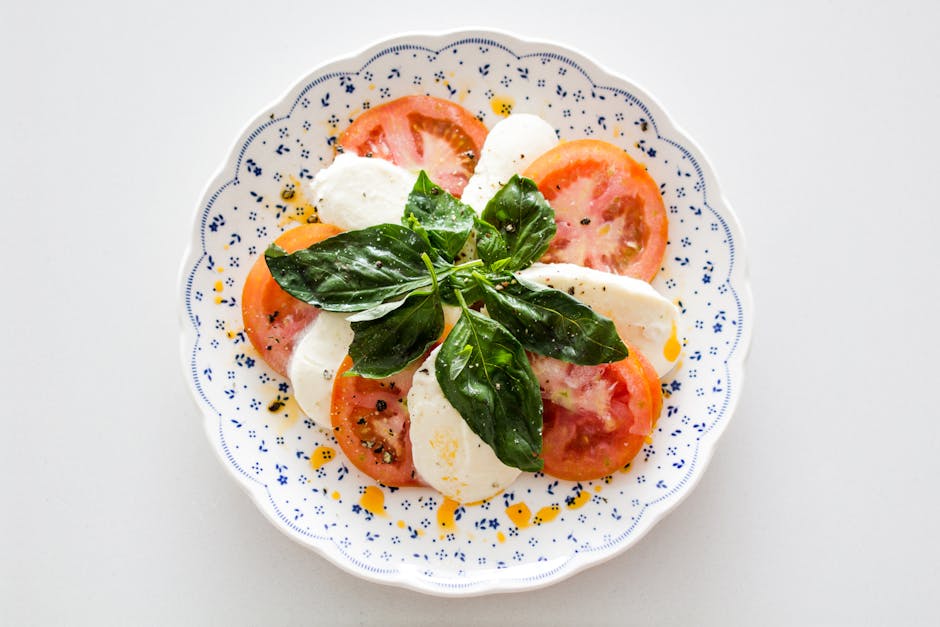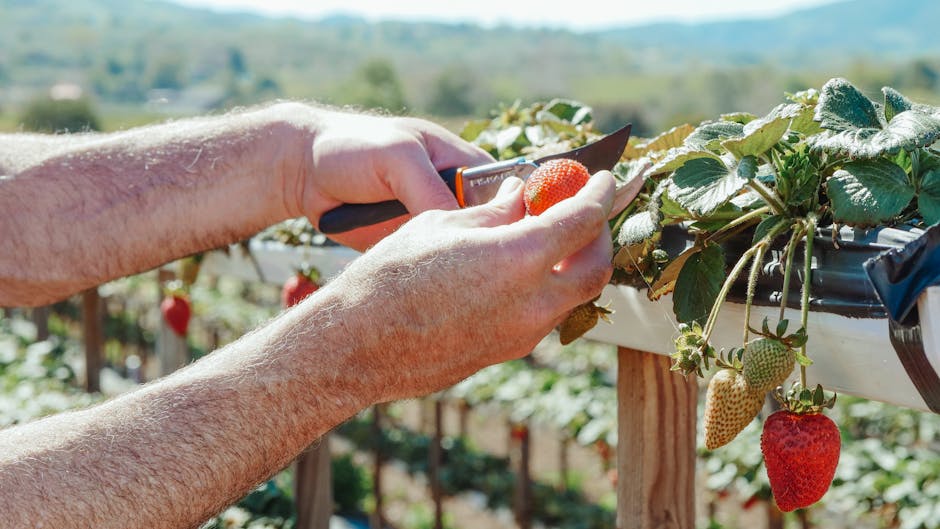Hey, Sancta goers, and welcome back to our channel. Thank you so much for all the love you’ve given us. Your ongoing support has helped us make psychology and mental health, more accessible to everyone. So thank you. Now let’s continue.
In hindsight, have you ever wished you’d listened to that good piece of advice or wished you would have taken that hard to swallow pill? Maybe if you had things that have turned out a bit better, maybe it was something like that, SAT doesn’t determine the entire course of your life or being nice is sometimes more important than being right.
No matter what age or stage of life you’re in, it’s never too late to learn some new tricks. Here are nine hard truths you need to know to help you live with as few regrets as possible. Number one, you will never be younger than you are now.
This is a simple truth. You only have a certain amount of time to live, build relationships and make the difference you wanna make in the world.
Taking action is one of the most important things you can do. Don’t wait for the perfect time or opportunity to present itself. You already have what you need to succeed, yourself.
If you wait too long, you may find that the time for action has passed. This principle can be summed up to a quote from the famous Broadway Musical Hamilton. You don’t get a win unless you play in the game, you get loved for it, you get hate for it.
You get nothing if you wait for it. Number two, life isn’t a safe, predictable formula.
There is no set rule book on how to live life. Despite what you may have been taught the regular graduate high school, get a degree and get a good job formula doesn’t guarantee you anything. While this particular formula does increase your chances of financial stability, it doesn’t guarantee your happiness.
There is no checking off X, Y, and Z, and then you’re happy and fulfilled formula. Life is messy and uncontrollable at times, and it’s far from perfect.
Sometimes you’ve got to dance to the beat of your own drama and follow your own path in life. Number three, you can’t have it all. No one’s life is perfect. If you’re looking to have an amazing social life work-life and dive deep into your many hobbies, you may end up stretching yourself way too thin.
The same concept applies if you’re still in school, if you want a perfect GPA, active social life and amazing extracurriculars, chances are you’re not going to feel good.
Taking on too many responsibilities will leave you stressed and overworked and take the enjoyment out of these activities. It’s important to prioritize what matters most to you while also keeping your limits in mind. It may be difficult to let go of some things, but you’ll probably realize how much happier you are now that you’re not having to juggle 50 different things at once. Number four, despite your expectations, nothing is ever as good or as bad as you think. Our minds have a tendency to blow things out of proportion.
Did you ever fail a test and immediately think that your life was over? Think back and reflect. Did that one failed test actually affect where you are now? Chances are, that it didn’t. When you care a lot about something, it makes you blow it out of proportion in relation to your life as a whole, whether it’s something good or bad, no one thing is going to dramatically improve or ruin your life.

Life isn’t about passing or failing. It’s a series of events and choices that make up who you are. Number five: the most important relationship is the one with yourself. This is something that can be hard to remember with all the social pressures of being in a relationship and obligations to your friends and family. However, it’s very important to prioritize your mental health.
You are important and deserve to be treated well. The people who don’t recognize this simply aren’t worth fighting for, because at the end of the day, you are the one constant in your life. As uncle Iroh put it, It’s time for you to look inward and start asking yourself the big question, who are you and what do you want? Number six, everyone has emotions and is a person just like you. We often both idolize and treat others as if they aren’t human or deserve to be put on a pedestal.
You might think to yourself, “Beyonce is perfect, she can’t ever fail.” And you might often think this about celebrities or other people who lead such different lives than yours, because they can seem so difficult to relate to.
But if everyone expected you to never make a mistake or treated you as if you didn’t have feelings, it was certainly brought a lot of pressure and strain on you. The hard truth is that although some people seem untouchable, they’re complex, flawed humans who are going through hardships and blessings and change and growth, just like you. Number seven, trust pays off.
While trusting people is hard for a lot of us more often than not, it is worth it. By opening yourself up on occasion, you can lay down a foundation for building meaningful and deep connections with people. Betrayal can hurt if it does happen, but ultimately the many emotional benefits of trust outweigh those risks. By assuming everyone is untrustworthy, you block everyone off without giving them a fair chance to be in your life. Number eight, social media affect your mental health.
In this day and age, social media is a great way to stay connected and entertained. However, there is a stark difference between using social media as a way to gain inspiration, affirmation, and make connections, then using it to compare yourself to others.
It is all too easy to compare your lifestyle, body, and achievements to other people online, comparing yourself to snapshots of someone else’s greatest highlights and achievements isn’t healthy, especially considering most people only put their best, most aesthetically pleasing and ultimately unrealistic versions of themselves online. When comparing yourself to those photos, it can make you feel like you’re not good enough or that your life doesn’t amount to as much as theirs, social media can end up doing more harm than good.
So if you need to take a break from Instagram, your mental health will thank you.
And number nine, retirement shouldn’t be your goal. While saving up for retirement and planning mindfully for your future is a good thing, retirement shouldn’t be your only goal with your career. If you’re waiting around until the day, you can finally retire, chances are it’s not the right job or career for you.
If you spend most of your week at your job, it should be something that you enjoy doing and get fulfillment out of. This principle is sure to help you in deciding on a career and if you’re already working and now realize you don’t enjoy it, this truth still applies.
Do you relate to any of these truths? Do you think learning these now will help you in the future while these may be hard to put into practice at first they’re truths that will ultimately benefit you in the long run, while it may be too late to change the past, it’s not too late to change your future. Please like and share this video if it helped you and you think it can help someone else, too. Don’t forget to hit the subscribe button and notification icon for More like to go videos. Thank you for watching, and we’ll see you next time.
.




